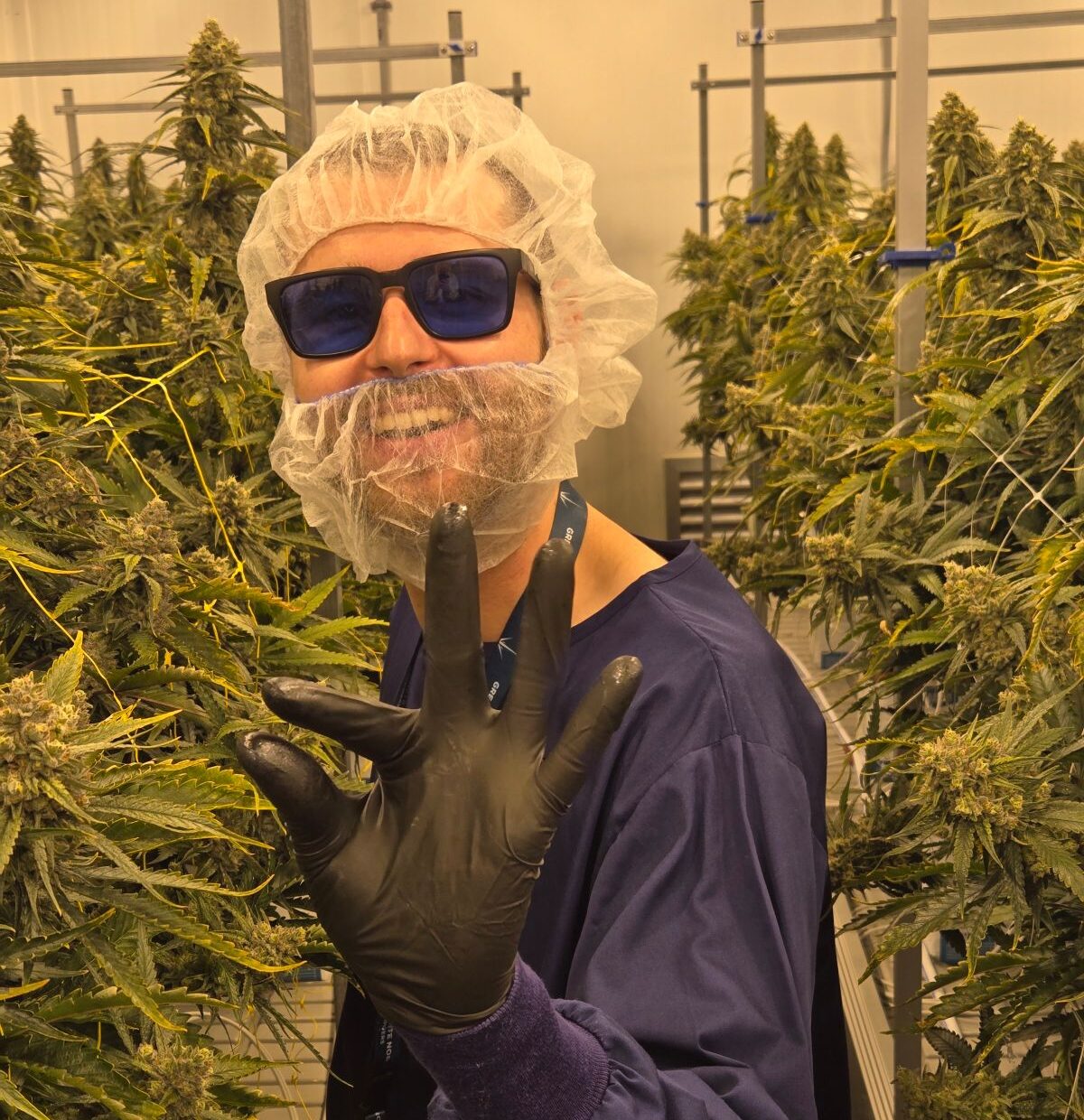Scaling a cannabis operation is no small feat. And having worked across various facilities and phases of scaling, I’ve learned that success comes down to a few things: meticulous planning, the right team, and a deep understanding of market demands.
Since beginning my career in cannabis, here’s what I’ve learned about scaling an indoor cannabis operation effectively.
Build a solid foundation
Before scaling, you need to establish a strong foundation – meaning dialing in all processes and procedures at your current scale. This is your proof of concept stage. Whether it’s lighting, nutrients or genetics, everything should be optimized and running smoothly.
For example, if you decide to test new nutrient lines or grow mediums mid-scale, you’re setting yourself up for inconsistencies and potential failures because introducing new variables while scaling will almost always creates chaos.
Advertisement
In Quebec’s regulated market where quality is paramount, maintaining consistency is critical. Customers expect reliable products, and any deviation can harm your brand. Therefore, ensure your current operation can replicate the desired quality at a larger scale before expanding.
Secure the right team for the job
Scaling isn’t just about increasing square footage – it’s about growing your team strategically. Your core team from the first facility should be your ride or die group. Without the right people in place, scaling can quickly lead to quality control issues and operational inefficiencies.
Training is another key pillar. As you scale, you’ll likely need to bring on new hires. Your core team should be prepared to train these new employees effectively, which ensures that your company’s values and quality standards are upheld as the operation grows.
Scale driven by demand
One of the most common mistakes I’ve seen in the industry is scaling without a clear demand for the product. In the early days of legalization, many expanded rapidly, focusing on increasing square footage rather than understanding market needs, often leading to unsold inventory and financial strain.
Advertisement
Scaling should always be driven by actual market demand. If your product consistently sells out, that’s a clear indicator you’re ready to scale.
Launching new products or strains requires careful consideration, so conduct in-house trials and gather feedback from a sample group of consumers to ensure the product meets market expectations before ramping up production.
Phase 1 and Phase 2
In Phase 1 of scaling, focus on perfecting your processes and establishing a steady production flow. Once you’re confident in your operation, move to Phase 2, where you increase capacity while maintaining quality.
For instance, at a facility I worked at, we scaled from 3,700 square feet of canopy to 35,000 square feet within a year and it was successful because we had solid procedures and a trained team in place.
Environmental responsibility
Scaling also presents opportunities to adopt more environmentally friendly practices. Larger operations can often afford technologies like composting root balls or reusing grow mediums, which may be cost-prohibitive for smaller facilities. At one facility, we partnered with a composting company to recycle root balls, reducing waste and aligning with more sustainable practices.
Advertisement
Overall, scaling indoor cannabis production requires a balance of precision, planning and adaptability. By focusing on a solid foundation, building a strong team, and scaling based on market demand, license holders can navigate the complexities of this growing industry.
Remember, it’s not just about getting bigger – it’s about getting better while staying true to the values that define your operation.

